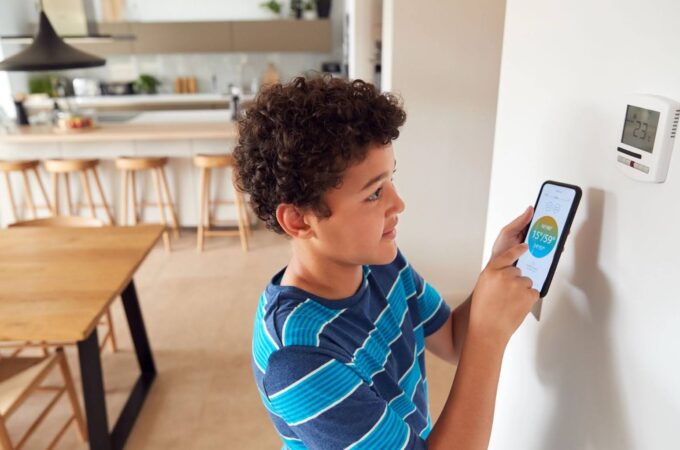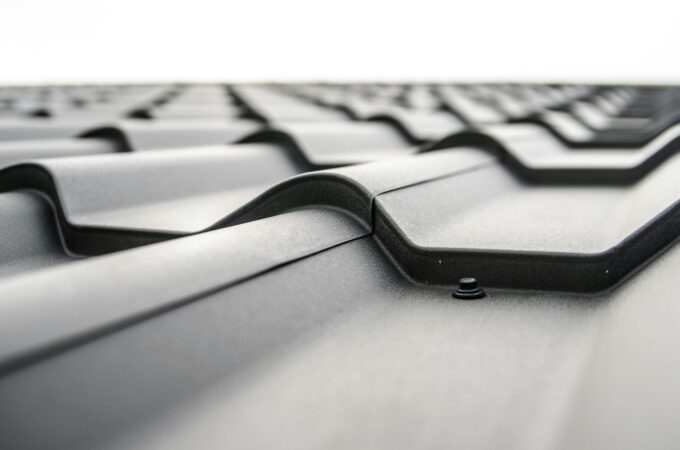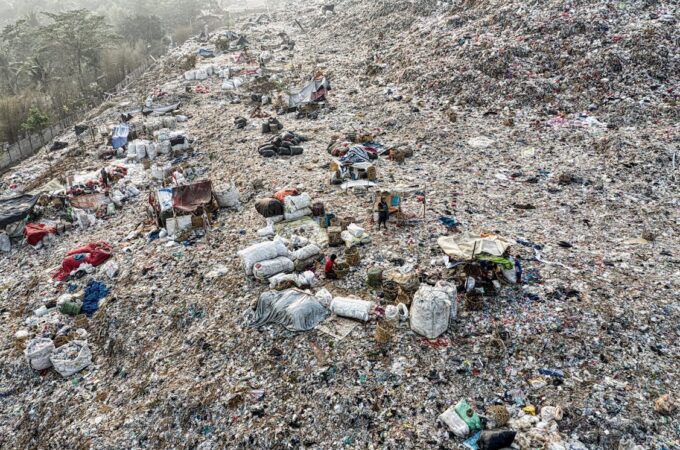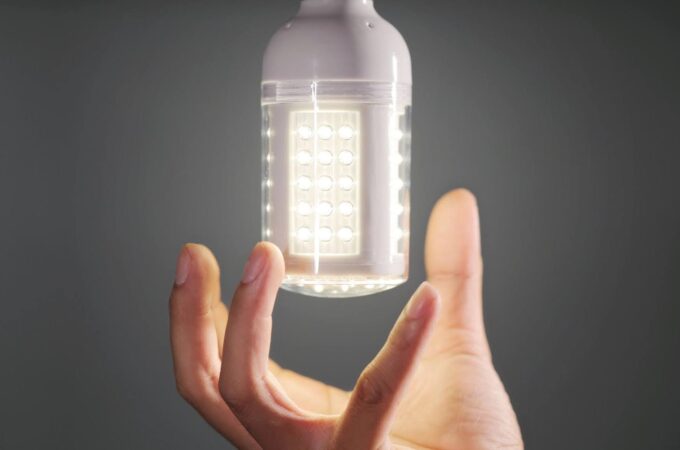
My Water Heater is Leaking, What Should I Do?
Your water heater is an important part of your home. Which is why it is crucial to fix it as soon as possible when there is a problem.
What is a water heater?
A water heater is an energy source that heats water above its initial temperature. Hot water is used every single day of your life, especially in the winter and to sanitize.
From doing laundry to running your dishwasher and needing hot water to take a shower and wash your hands, your water heater is a pretty magical tool in your home.
How do you know you have an issue with your water heater?
Did you know that you will need to replace your water heater every 8 to 12 years? To know when you need to replace or repair your water heater, which are signs to look out for.
First, are there rusty water coming from the hot side of your faucet? This could be an indication that your water heater could suffer a leak soon.
Are you experiencing inconsistent hot water or no hot water at all? This could be a sign that your water heater is running out of juice or has a leak.

But the biggest indication that there is an issue with your water heater is any puddles of water surrounding your water heater unit. This usually means you have a leak and it needs to be fixed right away.
Is your water heater leaking?
If your water heater is leaking, you might not need to replace it, but you will want to fix it right away.
The first thing to do is to turn off your water heater. If the valve to shut it off is broken for some reason, you can resort to turning off the main water supply to your home.
Next, turn off the power supply. Do you have an electric water heater? All you need to do is shut the breaker off. If you have a gas water heater, you should always shut off the gas supply using the shut off valve.
Now, you can thoroughly inspect where the leak is coming from. The first place to check is where the pipes connect to your water heater. If any of these are lost, then you will need to tighten it with a wrench.
If that isn’t the source of the leak, the next spot to check is the pressure relief valve. When there is too much pressure build-up, the valve may release water. This often happens when the water temperature is set too high or the water pressure is too strong. This can be fixed just by adjusting the temperature of the thermostat or checking the pressure gauge. Remember, you should try to keep your water heater’s thermostat around 120 degrees Fahrenheit and your water pressure should not exceed 80 PSI.
Leaks coming from the bottom of the water heater usually indicates that your water heater has a cracked and should be replaced.
The benefits of preventative maintenance
To ensure that your water heater is working properly, you will want to schedule a preventative maintenance check every year. Even if you are not noticing any issues with your hot water, you could have a leak somewhere.

Your plumber will first check for any signs of leaking around your water heater. They will then inspect the water heater thermostat to make sure it is set at the proper temperature.
Next, your plumber will make sure all temperature and pressure relief valves are working properly and that all pipes are tight.
Your water heater tank needs to be flushed out each year as well. To clean your water heater from sediment, your plumber will drain the water out of the tank into a bucket. Then, they will stir up the sediment at the bottom of the tank and briefly open the cold-water supply valve to drain. This process will be repeated until the water that comes out of the hose is clean, then the tank is refilled.
You may not always notice a water heater leak right away. This is why preventative maintenance is so important. Rainforest Plumbing and Air has the best plumbers in Phoenix, AZ who will do a thorough inspection of your water heater during a routine maintenance check.




